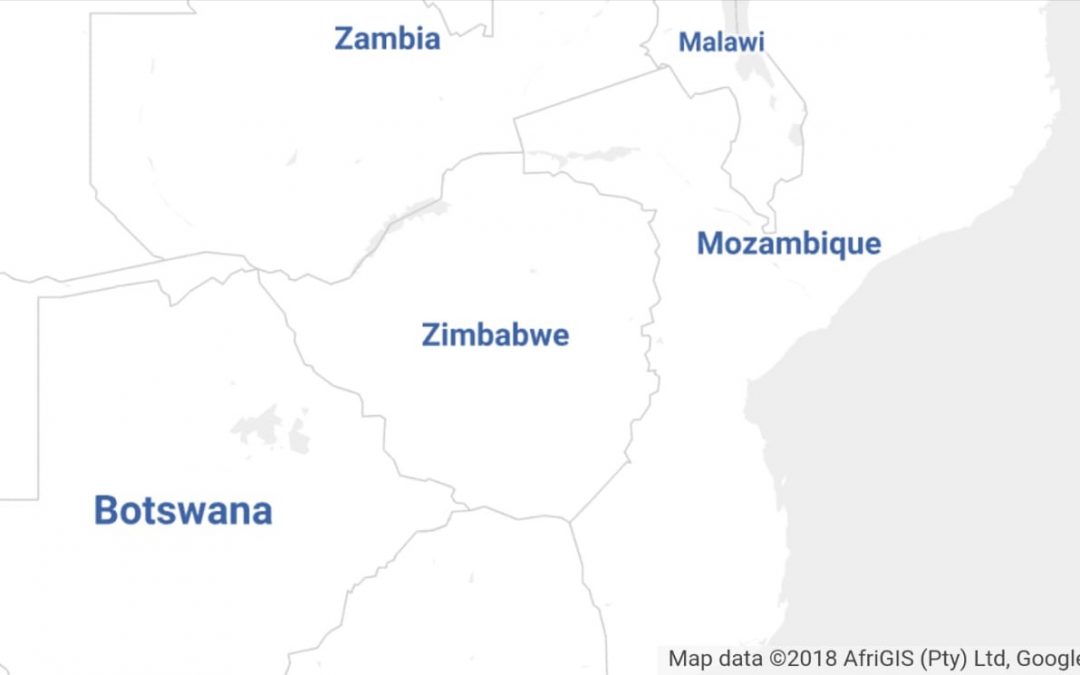SOCIEUX+ in Zimbabwe: Financing Health Insurance
Over the past two decades, Zimbabwe has implemented various health financing reforms. Some of the most significant reforms have concerned the response to the AIDS pandemic, while others have addressed critical gaps in reproductive, maternal, neonatal and child health. Nevertheless, significant health financing challenges remain. Zimbabwe is behind schedule to meet its Abuja Declaration goal of allocating 15% of the government’s budget to health, and over 50% of total health system expenditures are currently from external development partners. A fragmented public health insurance system covers less than 10% of the population, leading to significant out-of-pocket expenditures (amounting to around 40% of all health expenditures) and the financial impoverishment of Zimbabweans.
According to the proposal for technical assistance transmitted to SOCIEUX+ by the Zimbabwean Ministry of Health and Child Care, the government requested assistance to develop a framework that would increase access to healthcare services. Ideally this would be a national health insurance (NHI) scheme built on innovative health financing mechanisms, which includes the participation of private health insurers and fully embraces the tenets of the national health policies toward achieving universal health coverage.
As a first step, SOCIEUX+ experts presented relevant, international case studies and best practices for setting up financial pooling mechanisms to fund a NHI scheme, including lessons learned from unsuccessful policies. To achieve consistent participation in these consultations, a further objective of this first activity was to detail the number of stakeholders that may be interested in undertaking the set-up of a financial pooling mechanism for NHI. The concrete results delivered to the partner were a compendium of European and international case studies, best practices, and lessons learned on introducing financial pooling mechanisms to support NHI.
SOCIEUX+ 2017-27 ZIMBABWE, ACT. 1 (15-26.01)








